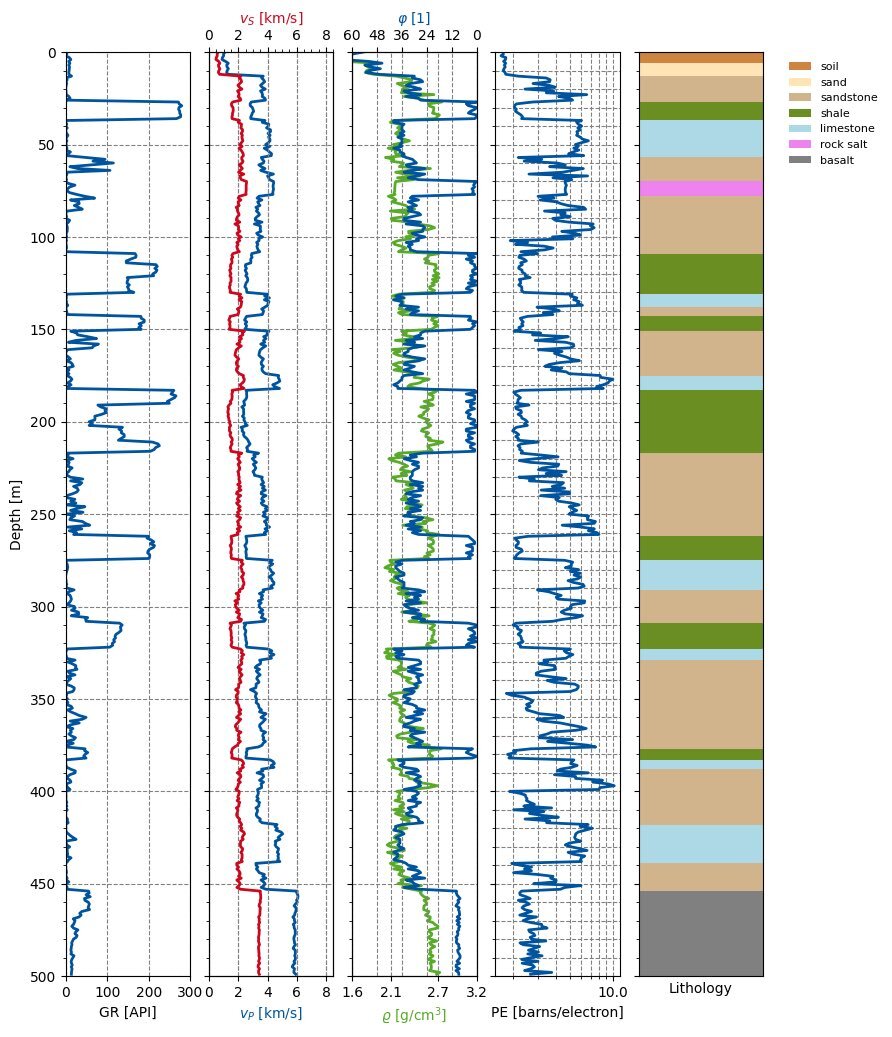In the seemingly random content factory that is the Software Underground community, there has been a heavy sampling this past week around openness. What is open source? What is open data? What are good practices? and, How does this affect me? Here’s a collection of those conversations and more.
The Geothermal Hackathon — happened last week immediately following the World Geothermal Congress Geoscience virtual event. You can read about the things that people built leveraging open data sets and be sure to connect with these creators in the #geothermal channel.
The complicated world of open source — Spilling over from an SPE workshop on Open Software, is perhaps the longest thread in Swung history about what actually constitutes open source software, why it can be so confusing, and what the implications are for scientists and technologists. Matt followed up with a number of suggestions how technical societies can support openness, and also created a poll to measure the degree of confusion around open source. Conclusion: it depends.
A checklist for open scientific software — Yes, open source is complicated, especially for newcomers, so it seems fit for relatively straightforward tools to guide behaviours. Matt shared a so-called best-practice checklist for open scientific software, which quickly underwent a handful of revisions after some supportive feedback. It is meant to be more than just tick marks on a piece of paper but that it can be a vehicle for delivering behavioural change.
Big Borehole Dig – Steph shared a cool project launched by the British Geologic survey welcoming scientists and citizen scientists alike to digitize their vast collection of historic logs into a standard digital format. It’s the ‘ol PDF to actually-digital transformation challenge and this one is a tall order. But just imagine the data science possibilities from 1.4 M boreholes!
Tools and tactics – people are getting help on to tricky technical questions in the #python channel on a variety of topics including: dealing with very large tabular data with Vaex, how to constrain solutions to non-linear problems with scipy.optimize, and fixing missing data values in rasters with rasterio.
Vedo – in the visualization awesomness category, the winner goes to a post that Dieter made in the #viz channel about the Vedo project, whose gallery will incite all the feels of a kid in candy store for those working in 3D. Notably, the first tile in the gallery is a demo geo-model shared by Richard Scott. Check out his scene here before you get on with the rest of your day.
Vedo – a python module for scientific analysis and visualization of 3D objects.








